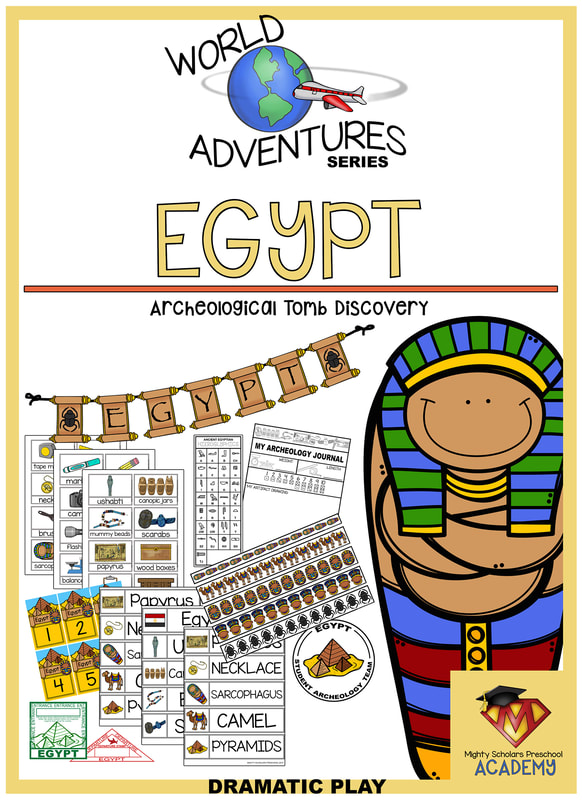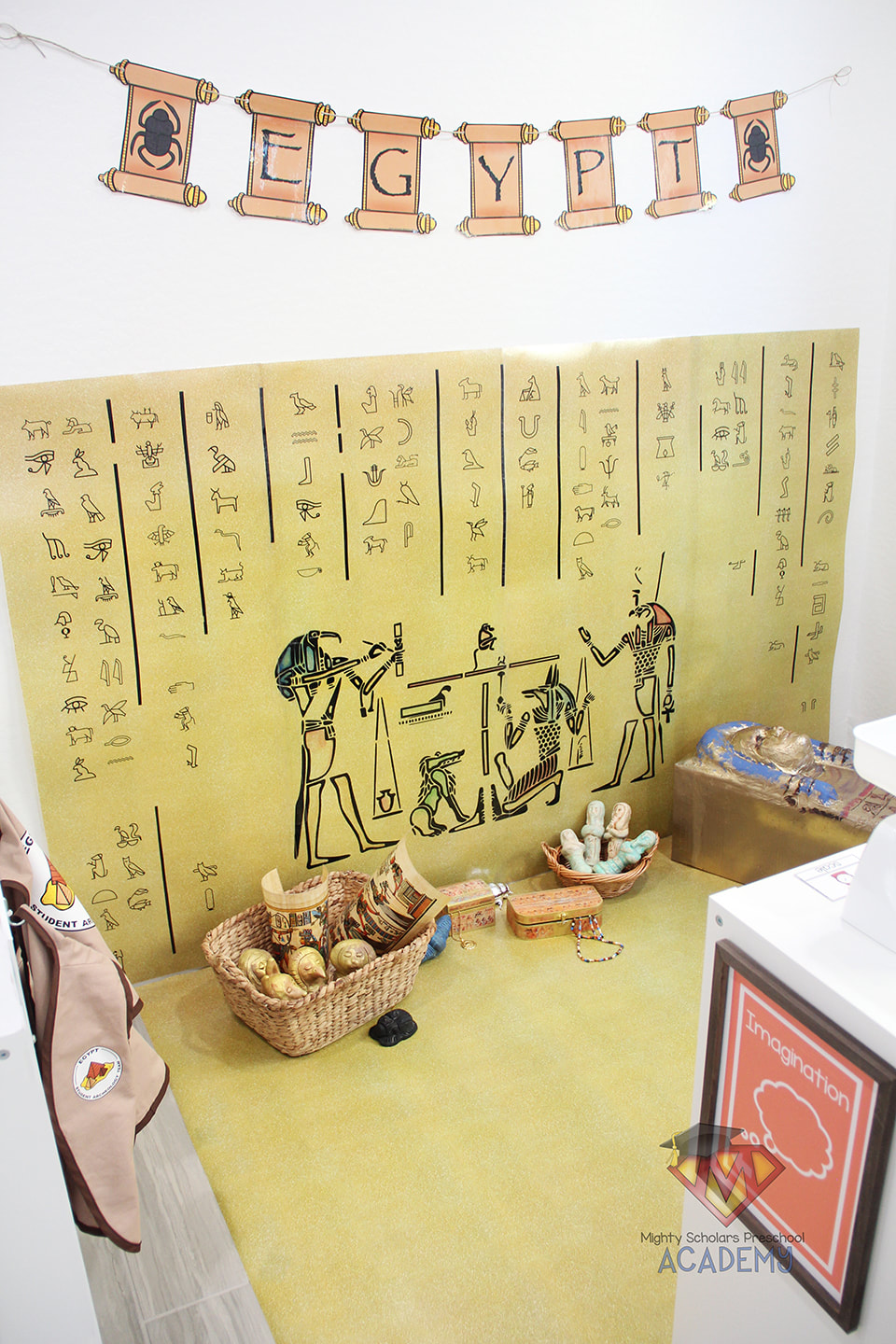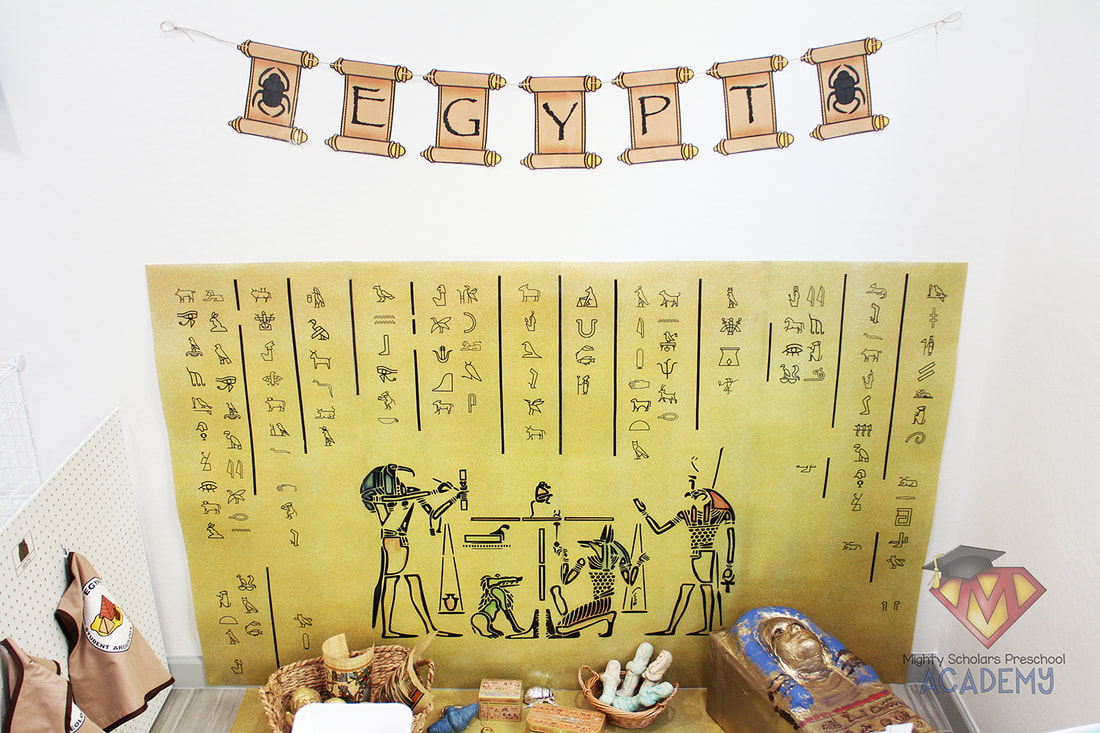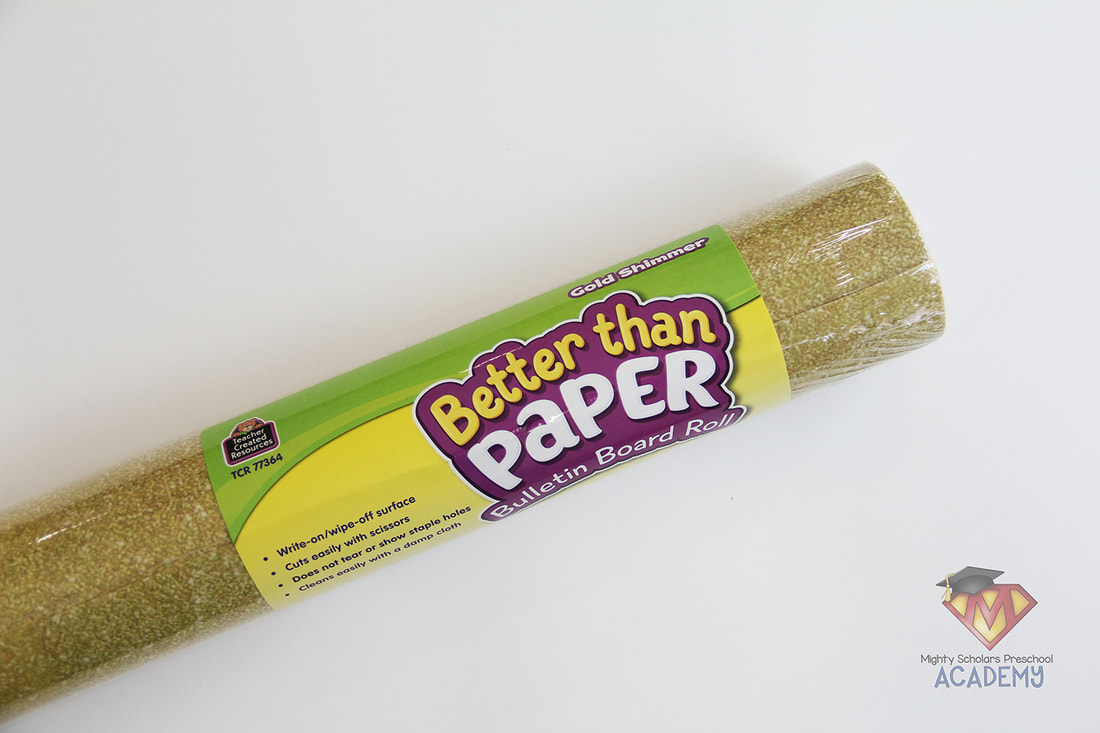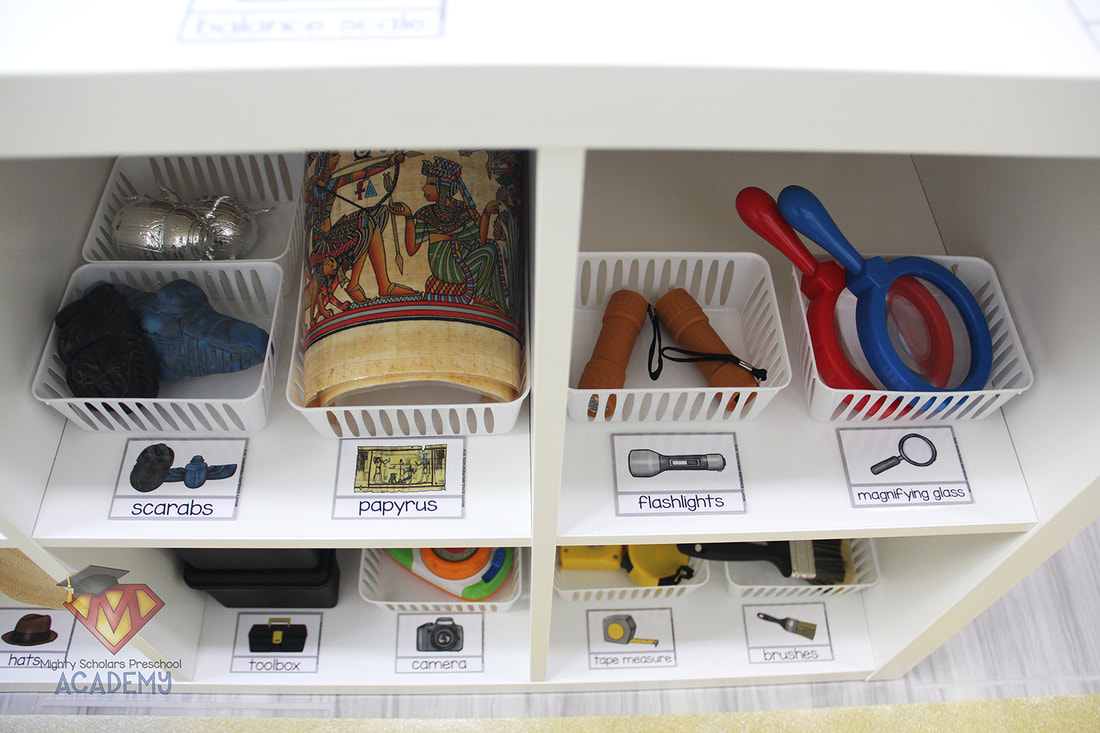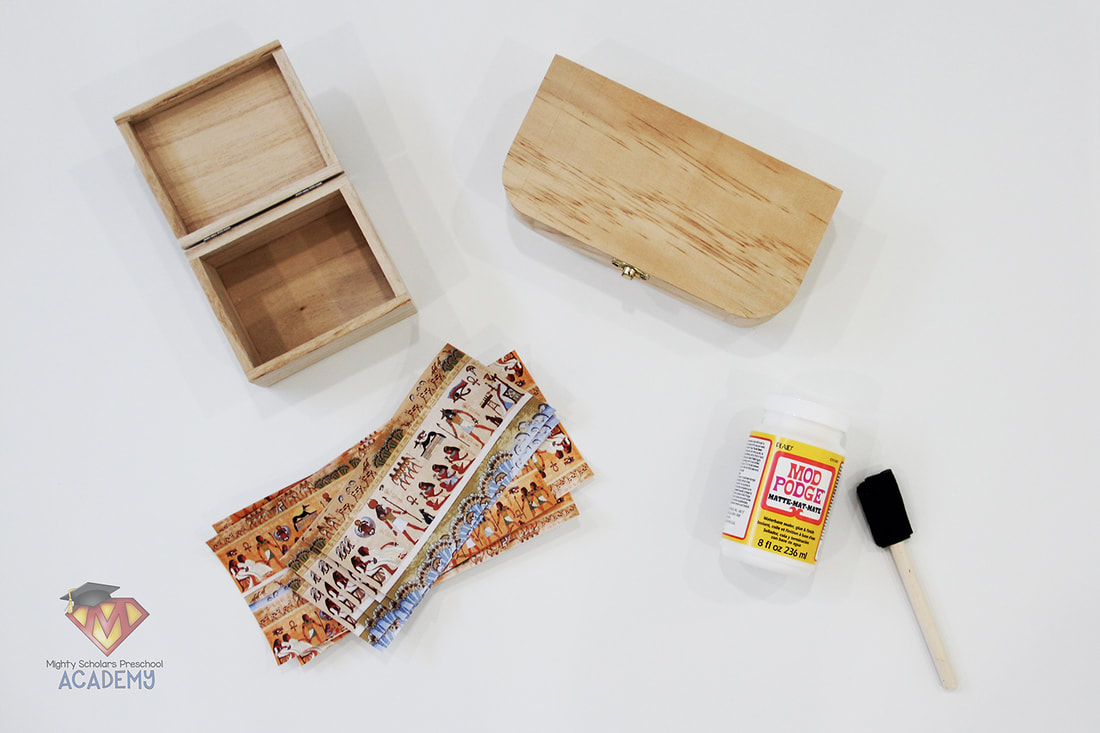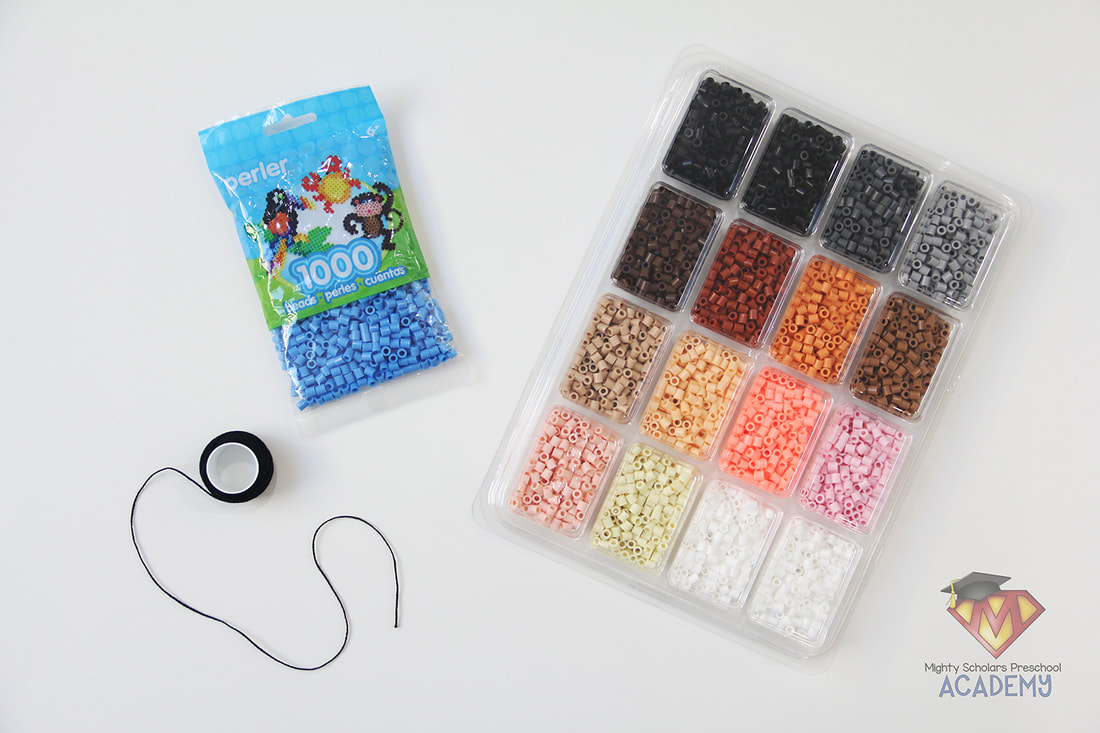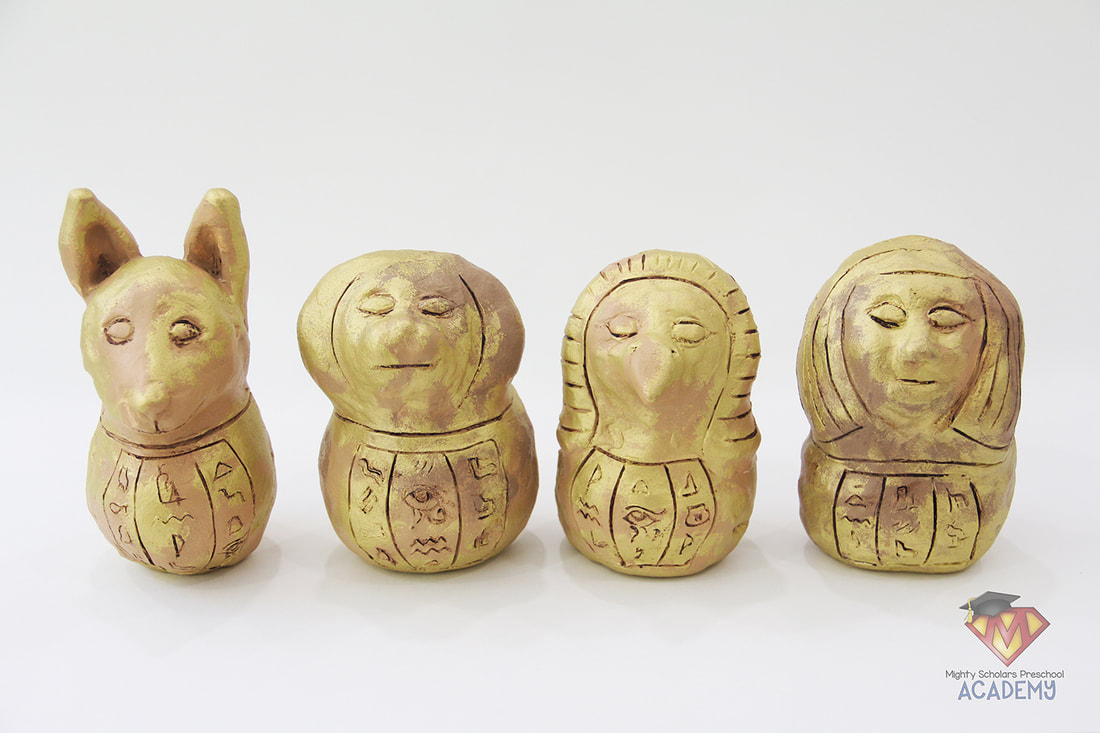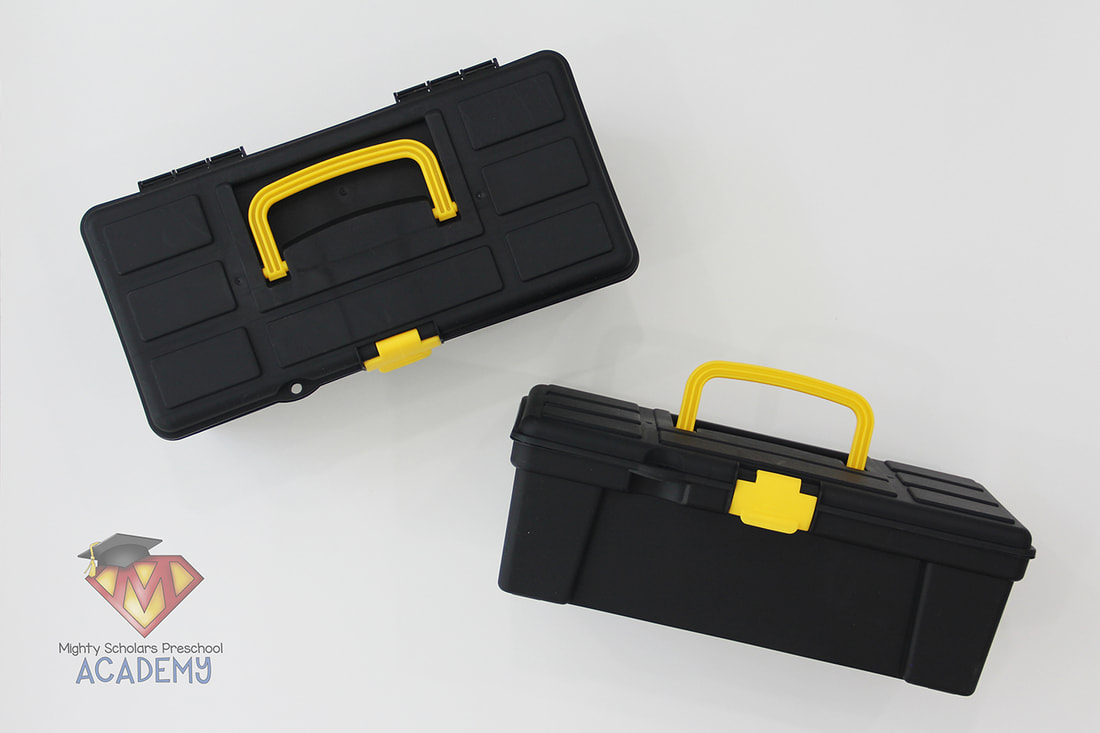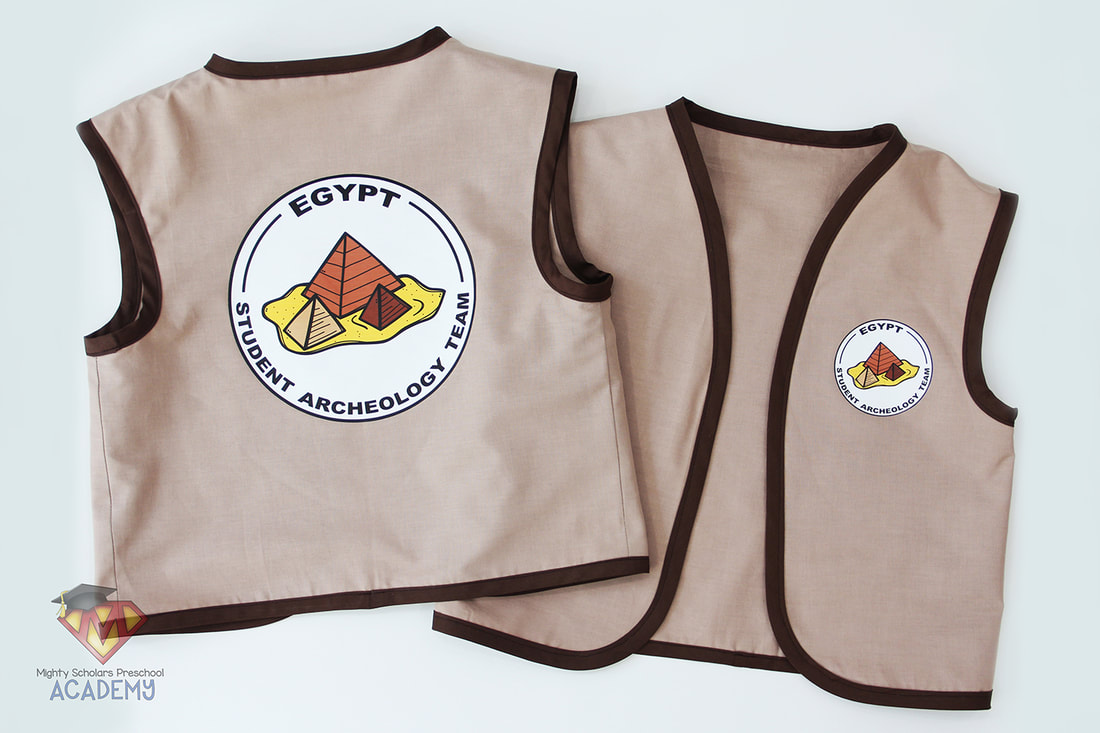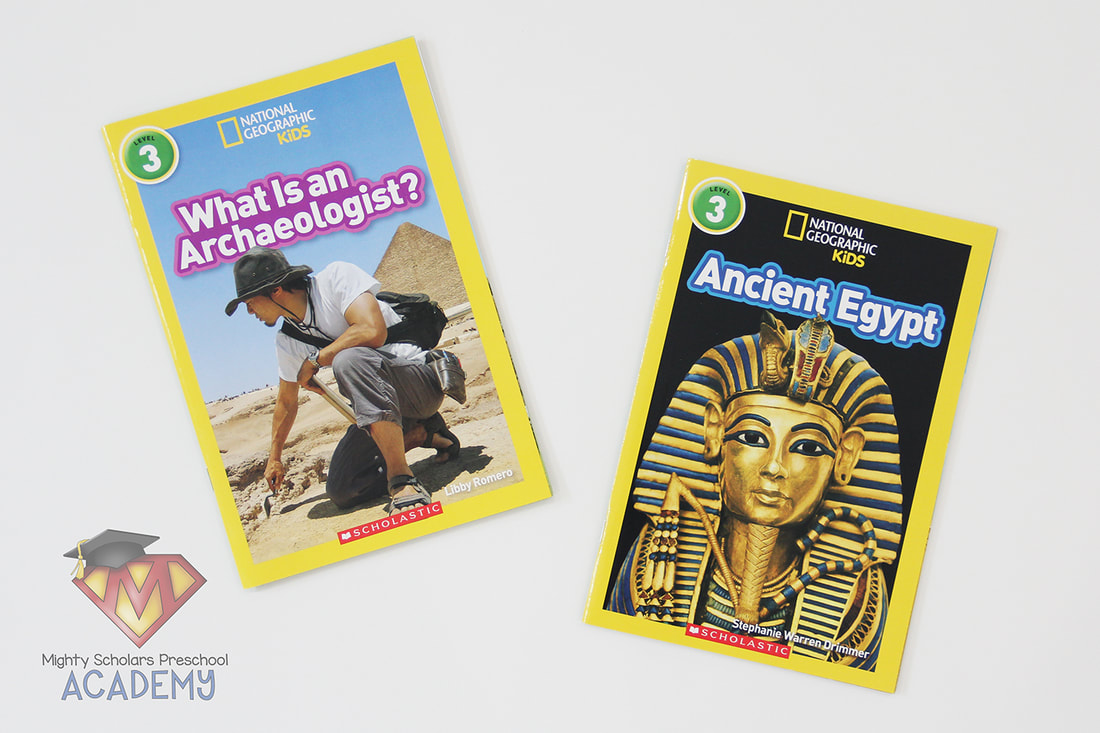World Adventures Dramatic Play Series
Introduction
During our school year of World Adventures, we "travel" to different countries and experience an imaginary, playful theme, based off something special from each one.
Introducing the World Adventures concepts in an age appropriate environment and format, provides a small glimpse into the beautiful diversity of life beyond their personal world. As a teacher, you will be able to know if your class is ready for themes and concepts branching beyond their immediate world view. Begin by introducing the concepts such as near/far, up/down, ways we travel, and children around the world. As needed with all themes, the World Adventures Dramatic Play Series is open-ended (without specific requirements) and playfully (loosely) based, without requiring geographical and historical facts. The World Adventure themes offer development of social skills, problem solving, higher order thinking, as well as fine and gross motor skills. Various themes also include embedded educational concepts such as: sequencing, one-to-one correspondence, literacy and enriched vocabulary. Children love the idea of traveling and are very curious about other children and the world around them. I introduce imaginary travel experiences through: simplified mini lessons, simple maps and globes, and a wide range of fiction and non-fiction books. We discuss what children around the world do, where they live, how they dress and the types of food they eat. Each imaginative travel theme brings an open-ended, fun, exciting and unique adventure from that particular country and area of the world. Many of the themes are made from my own experiences as a world traveler.
Egypt: Archeological Tomb Discovery
Becoming an Archeologist and discovering an ancient tomb, full of artifacts, would certainly be an adventure. One of my personal favorite places to travel is Egypt. The rich history and exquisite archeological findings captivate imaginations. I studied ancient Egypt for years, prior to my journey, but was still in complete awe. As a child, I became enthralled with Egyptology and ancient tomb discoveries - spending hours in the Egypt room at the Field Museum of Natural History (Chicago, Illinois). Over the course of my adult life, I scrimped and saved to bid on artifacts, building a nice collection. When I read a story about ancient Egyptian tombs, I like to show my scholars the real thing. To bring that same love to life for my scholars, I made an "Egyptian" tomb, complete with "artifacts" (that resemble what I showed them) to discover, measure and document.
Calendar Cards
Each world theme includes a set of calendar cards. It's important to show class events on the calendar, for students to count up to. My scholars enjoy seeing our events for the month on our classroom linear calendar. They eagerly count up to the "travel" day in excitement and often proclaim their enthusiasm while announcing the remaining days to their peers.
Simplified Altas, Maps and Globe
One of our favorite books to introduce maps and where we are, compared to the world around us, is 'Me On The Map' by Joan Sweeney. The Melissa and Doug 'World Map Learning Mat' is a small, simple version I place in the literacy center. I like to use and place the 'First Atlas' by Miles Kelly in our literacy center as well. I use the 'World ScrunchMap' at the beginning of each theme. It's more durable than a paper map and can be easily passed around, or laid out for hands-on use. It's not one I leave out through each theme, since it's much more complex. However, I do like to give my scholars a view of the incredible amount of special places around the world. I have a simple globe set out in our literacy center, that I switch out periodically with an inflatable globe, to introduce the concept of the Earth.
Passports, Stamps and Visas
Each of my scholars receives a passport, with their picture and name inside. I printed their picture and name on sticker paper, leaving a place for them to add their signature. Each World Adventures theme includes printables for passport entry visas and exit stamps. I print the visas and stamps on sticker paper. Date stamps are added when we "enter" the country on the first day and "exit" the country on the last day. On the last day of the theme, we discuss the experience, what they've learned and what they enjoyed the most.
Bunting and Mural
The Egypt bunting comes in both a color and black and white version. The black and white version can easily be printed on colored paper. The mural is made from rolls of 'Better than Paper' bulletin board paper. Unlike regular fade resistant paper rolls, the 'Better Than Paper' is a non-woven cloth, that's very strong and durable. The hieroglyphics and images were cut with my Cricut, using black permanent vinyl. Although this type of bulletin board cover doesn't necessarily need laminating, I wanted the added vinyl hieroglyphics and permanent marker coloring to last a very long time. So, just like all my murals, I laminated it in panels so it could be stored and reused.
Supplies Setup
Our imagination center has one cubby shelf to arrange supplies for the theme. I always add a theme/activity related book to the center. Each of the themes have items that can be easily pulled from other themes and activities used in the classroom.
Artifacts: Boxes and Necklaces
Inexpensive wood craft boxes were decorated to look like gold-leafed artifacts. I printed images on regular paper (using an inkjet printer) and glued them face-down onto the unpainted wood box sides with 'Mod Podge'. After allowing the 'Mod Podge' to dry overnight, I took a damp sponge and wet the paper. Then I gently rubbed off the paper, leaving the ink design behind. The rest of box was then painted with gold colored acrylic craft paint and sealed with a thin layer of 'Mod Podge'.
The gold necklace was a purchase from WISH. However, the "mummy bead" necklace was made from black string and Perler Beads. The Pearlier Beads are all neutral colors, closer resembling faience beads that are actually found in tombs.
Artifacts: Statues and Amulets
Ushabti, Canopic Jars and Scarabs are important objects placed in ancient Egyptian tombs. Ushabti and Scarabs are some of the most commonly represented objects in Egyptology displays. Both are also the most numerous of all artifacts found in Egypt.
Ushabti are the funerary figurines meant to act as servants for the deceased individual. They were made in various sizes, depending on the importance of the person they were meant to serve. To make the Ushabti, I wadded up aluminum foil into a basic shape. 'Sculpey Oven-Bake Clay' was added on top of the foil. Designs were added to loosely represent hieroglyphic characters, usually found on the legs and/or back of the figure. After they were baked (following the directions of the package), I painted them with watered down acrylic paint - mimicking the worn paint that can be seen on real Ushabti artifacts. Canopic Jars were used to store and preserve the processed viscera of the deceased owner. To make the jars, I followed the same process as the Ushabti. I didn't make a head lid that separated from the body jar. Instead, it was one solid piece. I painted them using gold acrylic paint and watered down dark brown acrylic paint. Scarabs held various purposes that changed over the course of Egyptian history. They are an important source for information of the ancient world. Many were formed into religious amulets, incorporated into jewelry and formed into protectors for mummies (known as heart scarabs). I followed the same process to make the scarabs, using foil and oven-bake clay. To make the marbled effect, I squished together more than one color of 'Sculpey' clay, along with the basic white. Plastic scarabs can also be found Halloween, since they're popular Halloween decorations.
Artifacts: Papyrus
In order to show authentic papyrus, I ordered Egyptian papyrus off Ebay. They're relatively inexpensive and are made in the same process as the ancient Egyptians followed. Whats more fun, no two paintings are completely identical. I had the opportunity to visit an Egyptian handicraft school, where students were schooled in the art of making papyrus and painting gorgeous images found through Egyptian history. I have a small square of papyrus, from my own travels, that I have my scholars hold and feel. The two in the photograph above are laminated for durability.
Tools
My scholars are able to stage the tomb on their own. Baskets are supplied as part of the staging materials, or they can be used as collection baskets for the archeologists. Hats, simple tool boxes, tape measures, flashlights and paintbrushes, can all be found at the Dollar Tree.
Clothing
Vests are one of the most popular clothing items, I use in my themes. They are perfect for independent play. The World Adventures: Egypt theme includes pages to print onto printable HTV, also known as printable iron-on transfers. Archeologist tags are also included in the dramatic play pack.
Tomb
When the tomb is set up, my scholars feel like they're walking into a real archeological adventure. It's easy for their imaginations to take flight. This is one of their favorite adventures during the school year.
Word Cards
Word cards are included in the dramatic play pack, in both uppercase and upper/lowercase. I usually put a set up in our writing center, in the imagination center and also the creativity (art) center. I use additional themed center activities, including a reader, that will be available in the corresponding World Adventures Math and Literacy pack.
Books
Fiction and non-fiction books in my collection, from the many years of teaching, range from pre-kindergarten to sixth grade. I have pictured many for various age groups, depending on grade level of children you teach and incorporate the dramatic play pack for. Dramatic play themes can actually be used through most elementary grade levels, altering activities to fit the specific grade level - or even adding your own tasks/activities. It sets the stage for captivating the student, bringing them completely into the subject and engaging them far beyond a textbook. For fourth through sixth grade, our team made giant murals and thematic setups for the students, with incredible academic outcomes.
For the World Adventures: Egypt theme, I start by reading 'Egypt ABC's' by Sarah Heiman. One of the most entertaining for preschool aged children, is the picture book 'Skippyjon Jones in Mummy Trouble' by Judy Schachner. The National Geographic Kids series of books provide real pictures of archeologists, tools, field work and ancient artifacts. I alternate 'What is an Archeologist' by Libby Romero and 'Ancient Egypt' by Stephanie Warren Primmer as the books placed in the Imagination Center. Other various levels of books from my collection are: 'The Secret Name of Ra' by Elizabeth Raum, 'The Shipwrecked Sailor: An Egyptian Tale With Heiroglyphs' by Tamara Bower, 'We're Sailing Down the Nile' by Laurie Krebs, 'The Scarab's Secret' by Nick Would, and 'Seeker of Knowledge: The Man Who Deciphered Egyptian Heiroglyphs' by James Rumford. There are five books the I leave out in our library, during the entire school year: 'What We Wear: Dressing Up Around the World' by Maya Ajmera, 'People of the World' by Nancy Loewen, 'Food of the World' by Nancy Loewen, 'Homes fo the World' by Nancy Loewen, and 'Clothing of the World', also by Nancy Loewen. They have fantastic colorful photographs of the actual people, foods and places around the world. My advanced readers enjoy reading pages to their peers, when we travel to a new country.
Process Art Idea: Cartouche Necklaces
Included in the World Adventures: Egypt Dramatic Play Pack, is an Egyptian Hieroglyphics with the modern-day alphabet card. My scholars learn about hieroglyphics and how stories, names and letters were written with basic pictures. One of their favorite activities is to make cartouche necklaces. To make them light weight and quick drying, each scholar rolls a ball of Model Magic clay and flattens it. Then they roll a short "caterpillar" and push it onto the flattened ball. A piece of a cut straw is used to use as the perfect sized hole maker for the necklace string. Scholars then use a toothpick to make their hieroglyphic designs in the cartouche and its left to dry over night.
To complete the necklace the following day, plastic craft string is used for the necklace and the same neutral colored Perler Beads as those used for the artifact necklaces, are used for their own "mummy beads". The necklaces may or may not look like cartouches, and many have very creative designs, but the end product is supposed to be from the child and their interpretation (not perfection from the teacher). I really enjoy seeing the results from the varied age groups. It gives a glimpse into their beautiful minds and thought processes. You can learn quite a lot about a child, through process art.
Additional Activity: Play Dough Tray
Each center has activities that correspond with the theme. In our creativity center, we regularly have a play dough tray. For the World Adventures: Egypt theme, I add Safari Toob figures, Perler Beads, polished stones, kinetic sand and tools.
Click the image below to be taken to the World Adventures: Egypt Dramatic Play Pack on Teachers Pay Teachers:
Please note, as a participant in the Amazon Services LLC Associates Program, I may earn a small commission on qualified recommended links.
The Amazon Services LLC Assocites Program is an affiliate advertising program designed to provide a means for sites to earn advertising fees by advertising and linking to Amazon.com.
My Amazon Picks to Complete the
World Adventures: Egypt Dramatic Play Pack: Comments are closed.
|
Categories
All
©2012–2024 Mighty Scholars Preschool Academy
|

